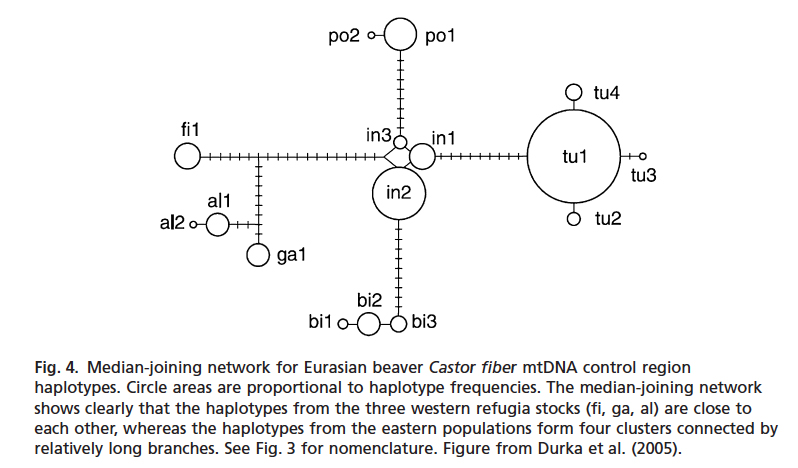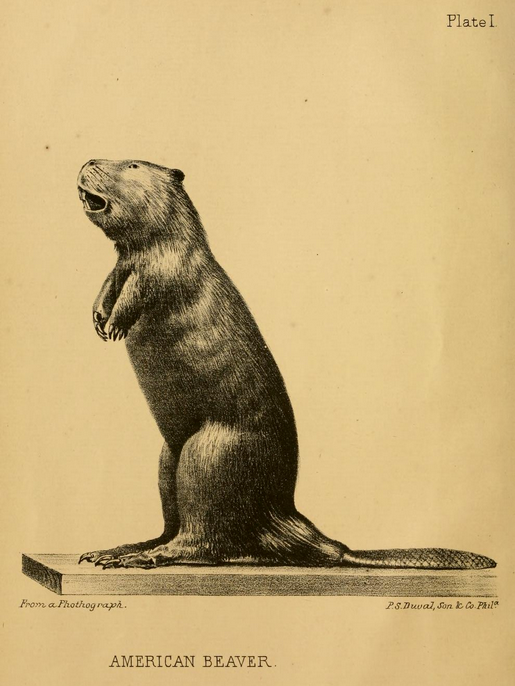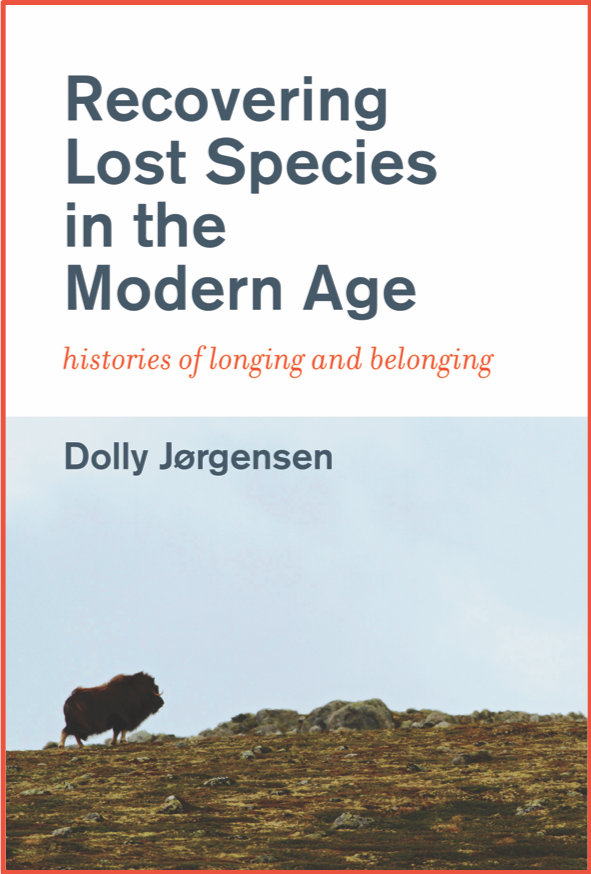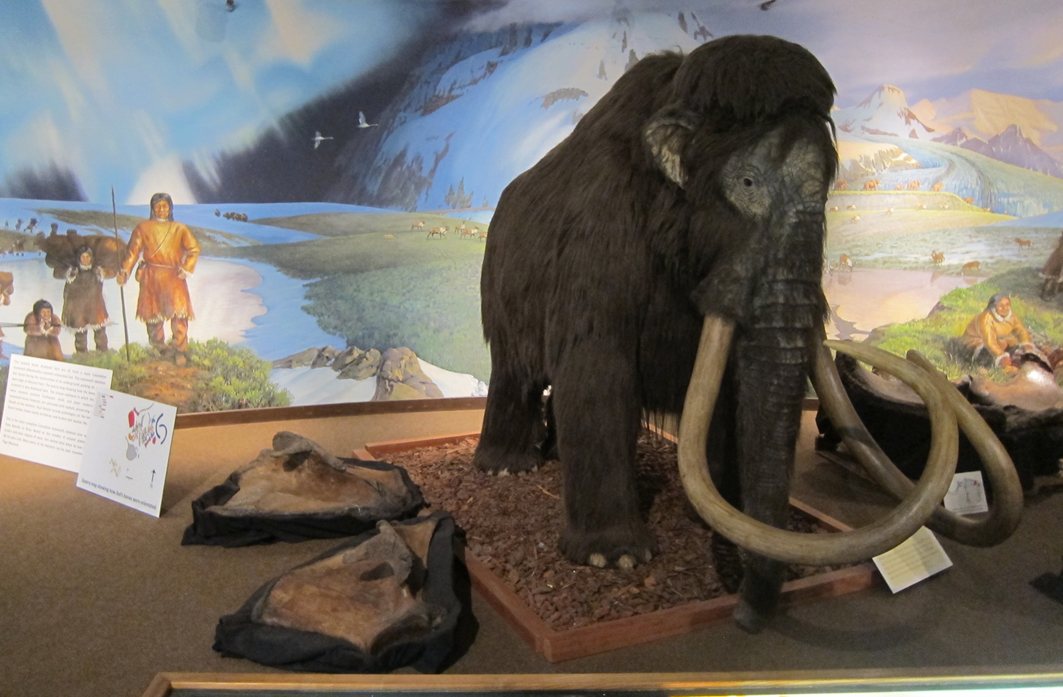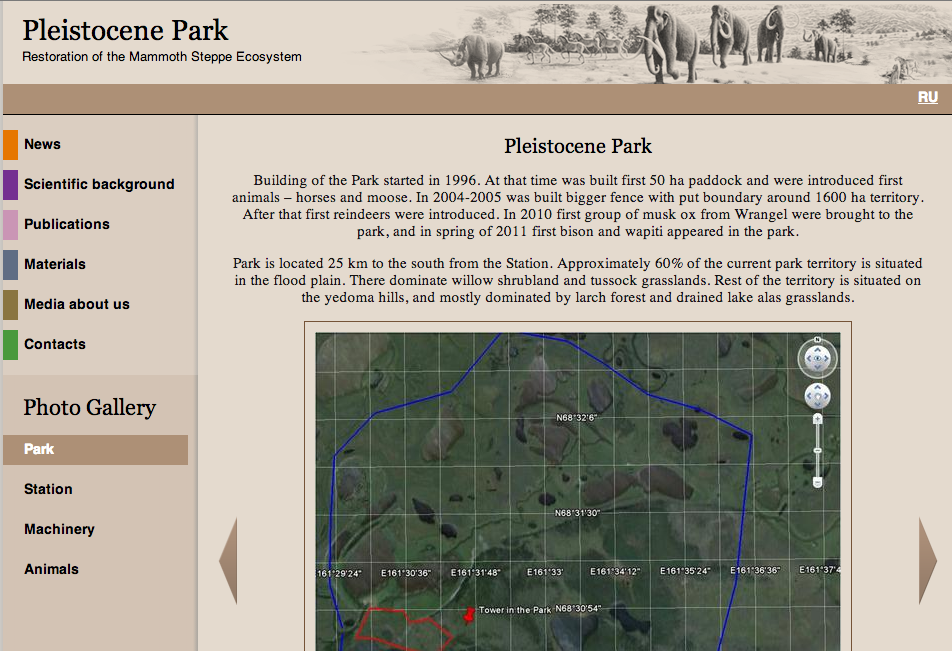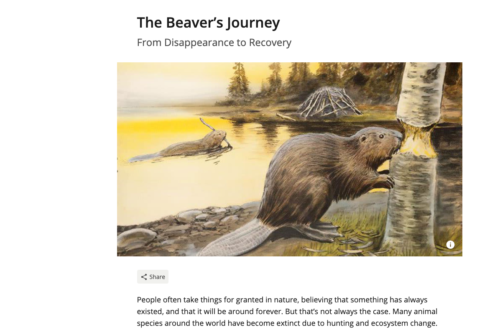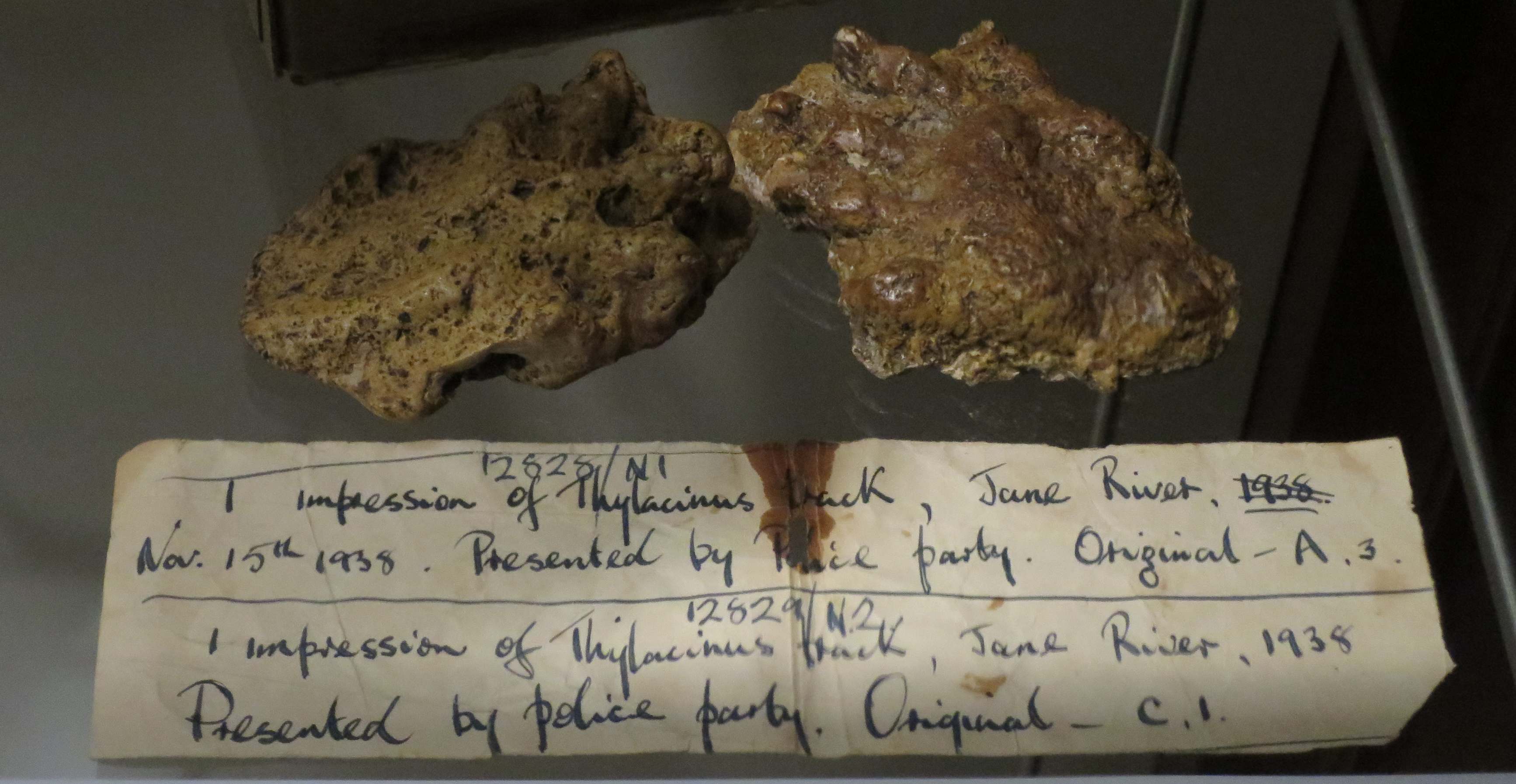extinction
-
The Beaver’s Journey: From Disappearance to Recovery
This year will be a special year for my beaver reintroduction research. 2021 marks the 100-year anniversary of the first time beavers were caught in Norway to be set out in Sweden where they had become extinct. The first component to launch in celebration of the anniversary is a new major digital exhibition on the history of Scandinavian beavers based on my research. The digital exhibition titled The Beaver’s Journey: From Disappearance to Recovery chronicles the history of the reintroduction of beavers in Scandinavia in the early 1900s. I’m proud to say that The Beaver’s Journey is the first exhibition curated by a Norwegian-based project team on the Europeana cultural heritage platform. The exhibition…
-
Recovering Lost Species in the Modern Age
My monograph Recovering Lost Species in the Modern Age: Histories of Longing and Belonging was published by MIT Press in October 2019. In the book, I tell environmental histories of reintroduction, rewilding, and resurrection to situate the modern conservation paradigm of the modern recovery of nature. I argue that the recovery of nature—identifying that something is lost and then going out to find it and bring it back—is a nostalgic process that looks to a historical past and relies on belonging to justify future-oriented action. As a nostalgic process, recovery depends on emotional responses to the lost, particularly a longing for recovery that manifests itself in emotions such as guilt,…
-
Endling, a new word for new times
I have published an article “Endling, the power of the last in an extinction-prone world” in the journal Environmental Philosophy. In the article I put together the history of a word (and the history of the idea) to represent the last individual of a species. This word, endling, has an exciting 20-year history. It began with a proposal in a short letter to the journal Nature in 1996 to coin a word to represent the last in a line. It was then picked up by the curators of the planned National Museum of Australia (NMA) that opened its doors in 2001 as part of a memorial to extinction, with a special focus on the thylacine. This…
-
On the last of the tigers
This September 7th marks the 80th anniversary of the extinction of the thylacine, also known as the Tasmanian tiger. Or at least, that’s the date that has been agreed upon in official sources as the extinction date. I took up the issue of dating the thylacine’s extinction in my recently published article “Presence of absence, absence of presence, and extinction narratives” in the volume Nature, Temporality and Environmental Management: Scandinavian and Australian Perspectives on Landscapes and Peoples. The question is whether or not the absence of evidence of live thylacines should be interpreted as the absence of thylacines. This proves a more challenging question to answer than you might think.
-
Perception of risk of harm
Today I gave a lecture at the ESEH Summer School called “Knowing and not knowing: How ideas of risk affect responses to disease and pests”. I picked this topic because the School is focused on “The Undesirable: How Parasites, Diseases, and Pests Shape Our Environments”. It made a nice follow-up to my talk earlier this summer at the parasite conference in Turku. In the talk I laid out some initial thoughts about how we as environmental historians can historicise responses to things identified as dangerous or harmful. My proposal was that responses are determined by the perception of risk of harm based on knowledge or lack of knowledge.
-
Thylacine Day 2015
Yesterday was Thylacine Day, or more officially National Threatened Species Day, in Australia. In 1996, Australia established the day to commemorate the 60th anniversary of the death of the thylacine which was in the Beaumaris Zoo in Hobart, Tasmania. In many official statements about National Threatened Species Day, this zoo animal is called the “last Tasmanian tiger” (for example by Queensland Department of Environment and Heritage Protection and New South Wales Office of Environment and Heritage). The National Museum of Australia presents the thylacine as becoming extinct as a species on 7 September 1936 with death of the Beaumaris zoo specimen, which has become known as ‘Benjamin’ although there are many questions about where this name…

